The belt sway switch allows smooth running of the conveyor and protects it from damages by over swaying which can occur due to uneven loading of material, worn out idler roller bearings etc.
Belt sway switch is also known as Run Off Switch.
Belt Sway Switch Principle
- Belt Sway Switch has two-step switching points: one step is for Alarm (belt running but need check), other step is for Fault (Belt stop).
- When belt is running, it may sways and touches the roller lever. If roller lever is pushed by swaying belt and reach the angle of 20°, first step switch of Alarm will be active; if reach angle of 35°, second step switch of Fault will be active. When the belt runs correctly once more, the misalignment switch will reset automatically. Max. roller lever can be pushed to 75° angle.
- After the fault clearing, the belt departs from the vertical roll and operate normally, the roll may reset automatically.
- The Belt Sway Switch of is constructed with high reliability microswitches, lubricateless ball bearings, a touch roller which is titled to 75 , and other parts; its functions are designed with a large margin for sure action and long life
Application
The Belt Sway Switch functions in detecting any deviation or sway in the conveyor belt and providing an auto-alarm and sending out signal to stop the conveyor to avoid the damage to the conveyor belt and prevent scatter of conveyed materials because of the belt distortion.
Image Credits : phisher-ct
The Belt Sway Switch is necessary in the safe conveying system, widely used in the belt deviation detection of the belt conveyor for coal, cement and building materials, mining, electricity, port, metallurgy and chemical industries.
Installation
Image Credits : phisher-ct
- Prevention with slant on both sides of the switch should be installed on the conveyor maintenance channel, installation position should ensure that maintenance personnel in the event of an emergency operation is convenient
- Switch is located in the conveyor belt on both sides, vertical roll with conveyor belt edge perpendicular to the plane, and on both sides of the conveyor belt is located at 1/3 height of vertical roll.
- Switch and vertical roll conveyor belt normal position of the appropriate spacing is 50 ~ 100 mm.
- Switch quantity should be according to the length of the conveyor, types and arrangement for sure. Should be in commonly conveyor head, tail, convex segmental arc, concave segment and location in the middle of the conveyor is set. (Note: when the conveyor is longer, the position in the middle of the conveyor can every 30~35 m set to 1)
- The partial switch should through the mounting bracket and conveyor frame connection; switch bracket shall be installed on the conveyor and conveyor frame welding, after the completion of switch and switch bracket bolted
Source : phisher-ct
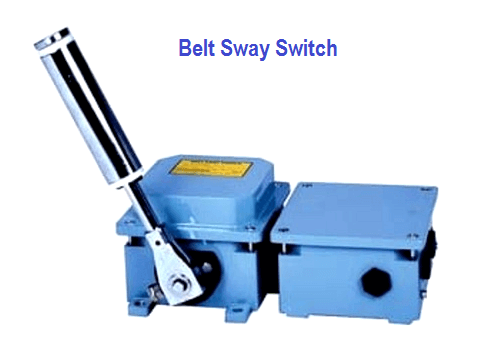
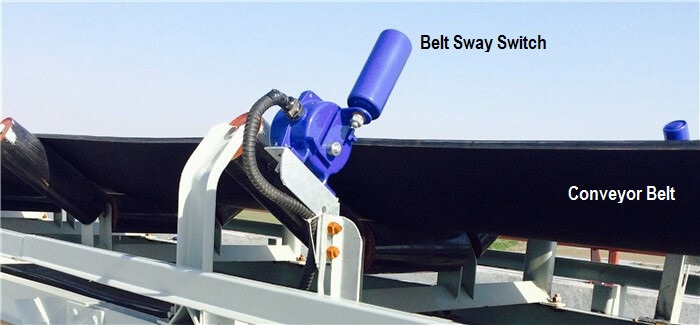
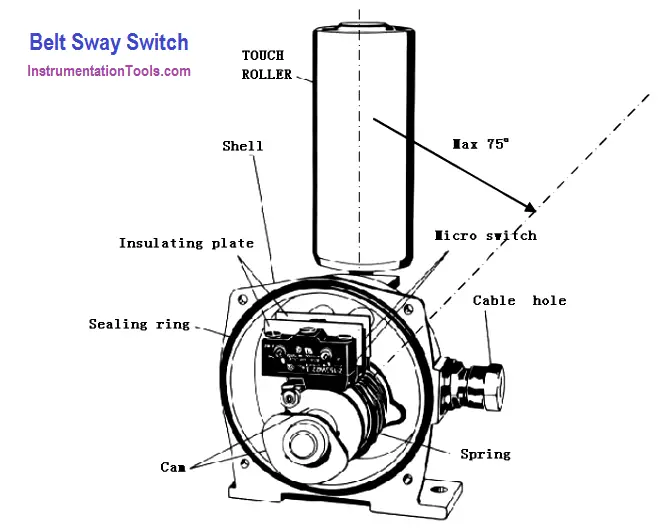
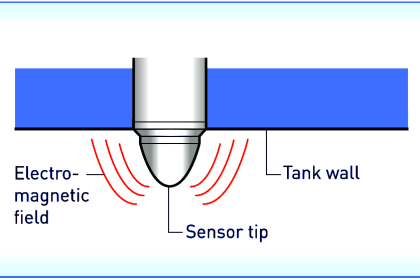
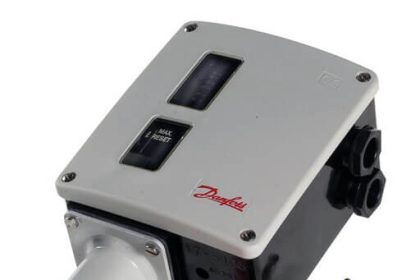
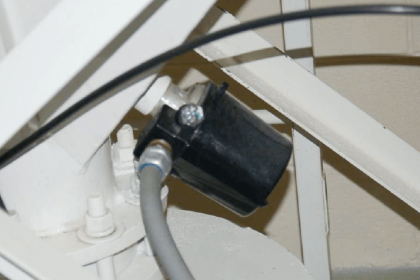
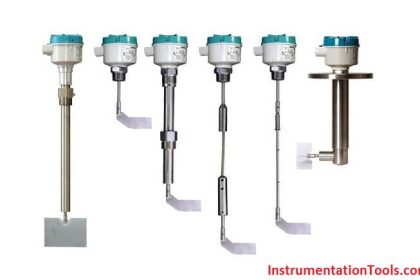

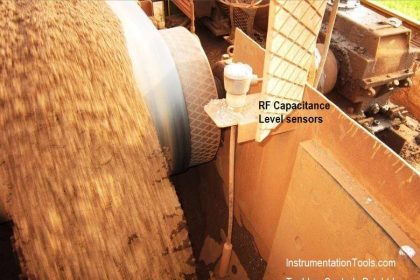
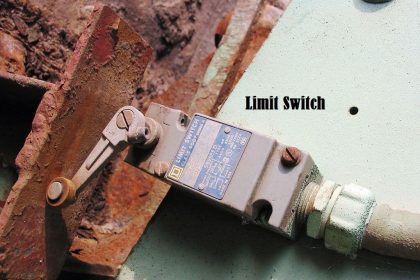
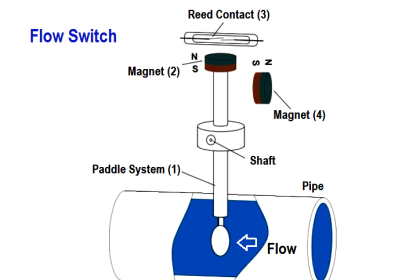
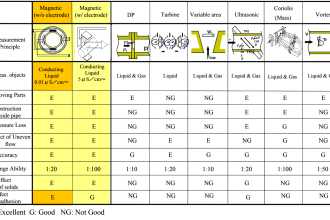
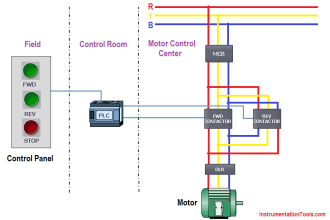
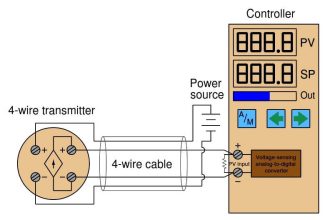
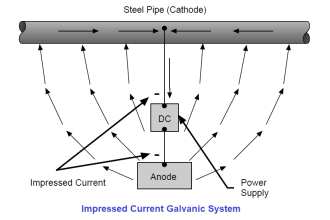
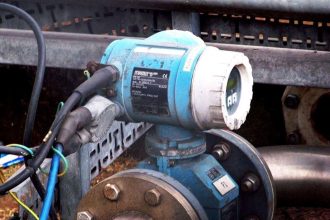


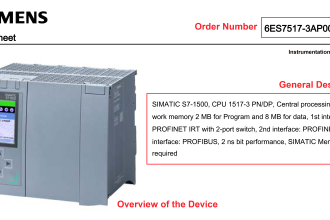

Good day,
I am looking for Drift Switch with double pole, for conveyor belt
Quantity 10 units
Kindly let me know if you can quote.
can you tell me the cost of a belt sway switch